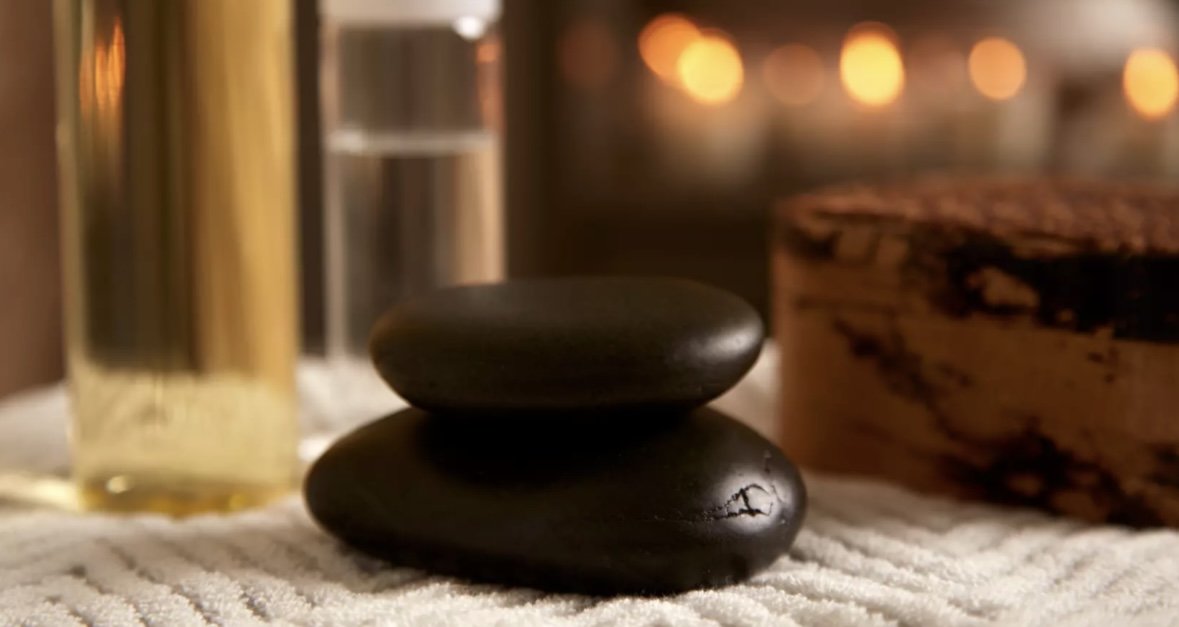
Massage Therapy
Massage therapy offers numerous benefits for both physical and mental health.
Some of the key benefits include:
Physical Benefits:
Reduces muscle tension and pain
Improves flexibility and range of motion
Promotes relaxation and stress reduction
Enhances circulation and lymphatic drainage
Stimulates the immune system
Helps with recovery from injuries and surgery
Mental Health Benefits:
Reduces anxiety and depression
Improves mood and overall well-being
Promotes sleep quality
Increases focus and concentration
Reduces stress hormones (e.g., cortisol)
Other Benefits:
Improves digestion and bowel function, Reduces headaches and migraines, Alleviates symptoms of chronic conditions such as fibromyalgia and arthritis, Boosts athletic performance, and Enhances skin tone and elasticity.
It's important to note that the specific benefits of massage therapy may vary depending on the type of massage, the individual receiving it, and their underlying health conditions. Consult with a qualified massage therapist to determine the best massage technique for your needs.
Hot Stone Massage
A hot stone massage is a form of massage therapy that uses heated stones to provide relaxation and therapeutic benefits.
Process:
Smooth, heated stones, typically made of basalt, are placed on specific areas of the body.
The therapist may use the stones to apply pressure, glide over muscles, or hold them in place.
Massage oil or lotion is often used to facilitate movement and reduce friction.
Benefits:
Deep muscle relaxation, Reduced muscle tension and pain, Improved circulation, Stress reduction, and Increased flexibility.
Precautions:
People with certain medical conditions, such as skin sensitivities, pregnancy, or osteoporosis, should consult a healthcare professional before receiving a hot stone massage.
Swedish Massage
A Swedish massage is a type of therapeutic massage that focuses on relaxation and stress relief. It involves gentle, sweeping movements that improve circulation, reduce muscle tension, and promote overall well-being.
Key Features:
Gentle strokes: Long, gliding strokes are used to stimulate blood flow and relax muscles.
Kneading: Circular motions are applied to break up knots and tension.
Tapping: Light percussion techniques are used to stimulate nerve endings and promote relaxation.
Full-body coverage: The massage typically covers the entire body, including the back, neck, shoulders, arms, legs, and feet.
Minimal nudity: Clients usually wear minimal clothing during the massage.
Benefits:
Reduces muscle tension and pain, Improves circulation and blood flow, Promotes relaxation and stress relief, Boosts mood and energy levels, and Improves sleep quality.
Note: Swedish massage is not suitable for individuals with certain medical conditions, such as deep vein thrombosis or osteoporosis. It is recommended to consult with a healthcare professional before receiving a Swedish massage.
Prenatal Massage
Prenatal massage is a specialized form of massage therapy designed for pregnant women. It focuses on providing comfort and support to expectant mothers during their pregnancy journey.
Benefits of Prenatal Massage:
Relieves back pain, leg cramps, and other common pregnancy discomforts
Improves circulation and reduces swelling
Promotes relaxation and stress reduction
Enhances emotional well-being
Supports bonding between mother and baby
Techniques Used:
Prenatal massage typically involves gentle techniques such as: Swedish massage, Lymphatic drainage, Myofascial release, and Craniosacral therapy.
Safety Considerations:
It's important to consult with a healthcare professional before receiving a prenatal massage, especially if there are any complications or health concerns.
Overall:
Prenatal massage can be a beneficial and relaxing experience for pregnant women. It provides support and relief from common pregnancy discomforts, promoting the well-being of both mother and baby.
Cupping Massage
Cupping massage, also known as cupping therapy, is an ancient form of alternative medicine that involves placing suction cups on the skin.
How it Works:
Glass, bamboo, or plastic cups are placed on the skin.
A vacuum is created inside the cups, either by heating them with a flame or using a pump.
The vacuum draws the skin and underlying tissues into the cup, creating a suction effect.
Benefits:
Pain relief, especially for muscle aches and back pain
Improved circulation
Reduced inflammation
Detoxification
Increased flexibility and range of motion
Procedure:
The practitioner will clean the skin and apply oil or lotion.
Cups are placed on the desired areas.
The vacuum is created and the cups remain on the skin for several minutes.
The cups are then removed and the skin is massaged to promote circulation.
Precautions:
Cupping massage is not recommended for people with certain medical conditions, such as skin infections, osteoporosis, or bleeding disorders.
Pregnant women should consult their doctor before undergoing cupping massage.
Bruising may occur after cupping, but it is usually mild and temporary.
Reflexology Massage
Reflexology massage is a type of alternative medicine that involves applying pressure to specific points on the feet, hands, or ears. It is based on the theory that these points correspond to different organs and body systems. By stimulating these points, reflexology practitioners believe they can promote relaxation, improve circulation, and relieve pain.
Reflexology massage is typically performed in a relaxing environment, with the client lying down or sitting comfortably. The practitioner uses their thumbs, fingers, or other tools to apply pressure to the reflex points. The massage may focus on specific areas of the body, such as the feet or hands, or it may cover the entire body.
Many people find it to be a relaxing and soothing experience that may provide some relief from stress, anxiety, or pain





